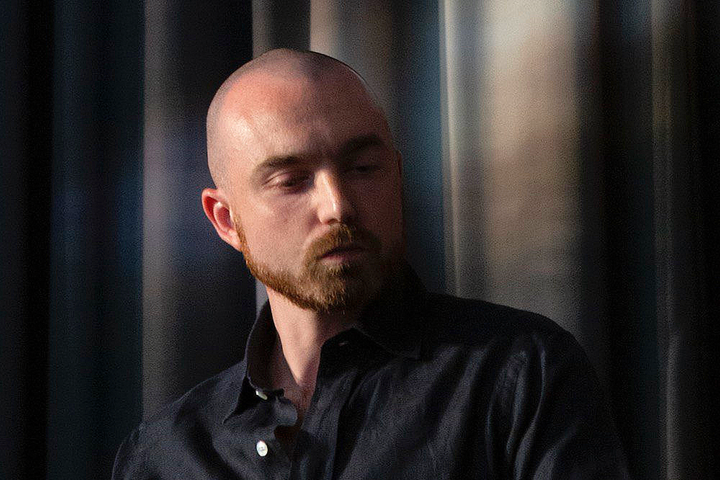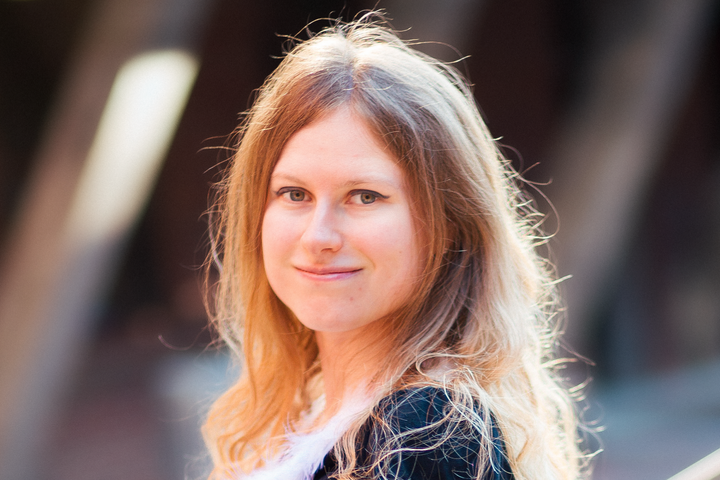Artist Vitória Cribb’s Psychoanalytical Digital Loops
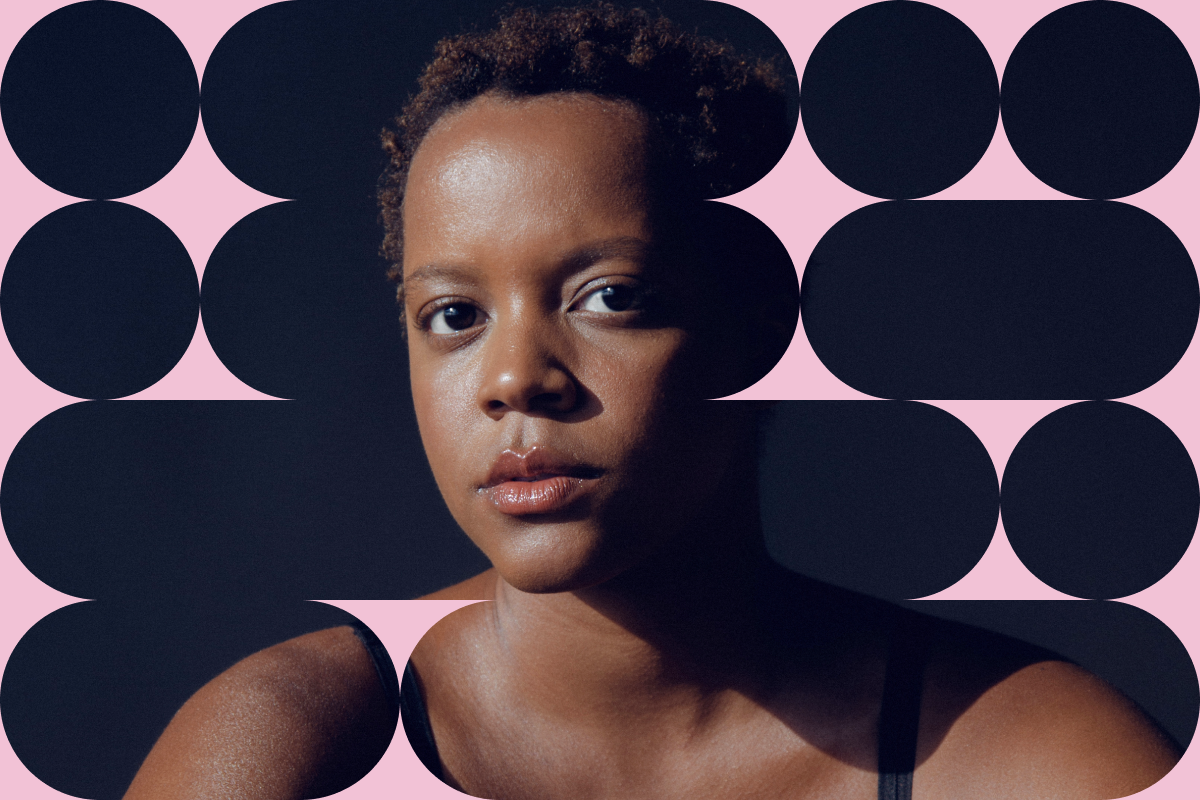
Is the digital a place of liberation from the body?
I see cyberspace as a place to recreate and remix narratives by pushing the limits of reality. And also a place to confront the social constructions that tie us in certain patterns. It is a way to liberate my imagination and extrapolate visual perceptions of the body, which are so often tinted by negative stereotypes in real life.
How did you become an artist?
The process of becoming an artist was definitely the encounter of my degree–a Bachelor in Industrial Design–with my personal interest in filmmaking and digitally created images. It was very organic.
How would you describe your artistic language?
Perhaps as the result of a personal reflection on the encounter between the esthetics of online connected social interactions and psychoanalysis. The key points of my narratives are the trauma and the feelings that surround our presence and interactions online. Theory is definitely part of my creative process, “Cyberculture,” by Pierre Lévy and “Cibercultura,” by André Lemos are two references that help me think, re-think, and formulate contemporary and cyber behaviors in my artworks, for example.
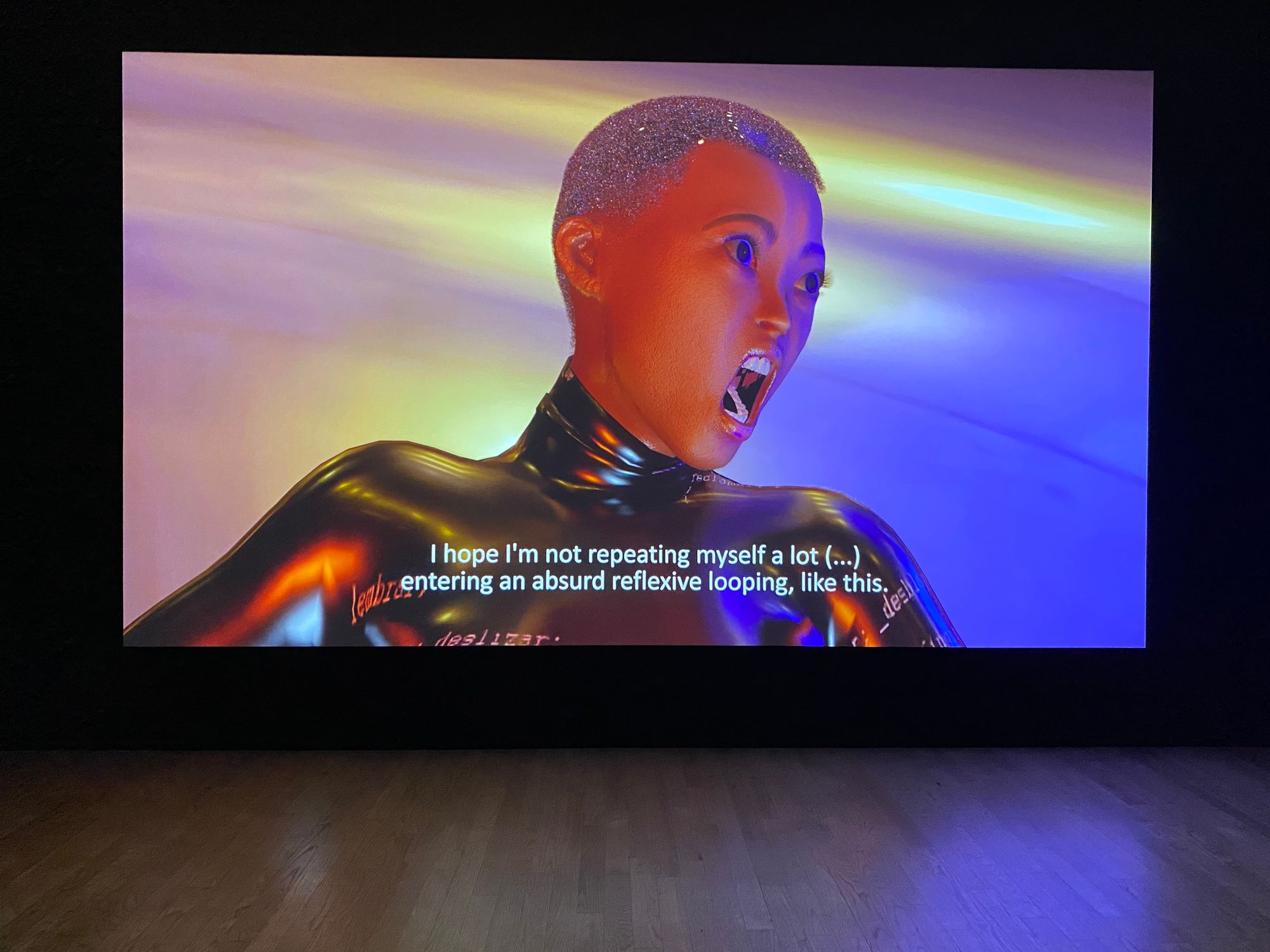
The core of my artistic practice is to investigate social behaviors in face of the development of new visual information technologies in contemporary society, reflecting about it but also taking into account my subconscious and subjectivity. In my short films I like to adress themes such as vigilance; attention deviation; digital bodies x digital presence; immateriality x materiality; contemporaneity and surveillance; and present them from my point of view.
How do you work with NFT-based projects?
Regarding NFTs, I keep it very visual, creating short video loops followed by sounds that I produce from recordings in familiar places. Creating these short NFT videos is a way to experiment with time and to develop a sense of harmony and composition for the narratives of my short films. As an artist, I think NFTs can play a crucial role in the independence of artists on the market, helping them sell digital files. But at the same time, it currently requires a lot of emotional stipend and time to engage with collectors and be actively part of an online community. It doesn’t always work for everyone. That’s why I’m very interested in collaborative projects that can be built by different artists, curators, and platforms. It keeps the art and poetic exchange rich and genuine, especially those projects that focus on working together with serious institutions for good and social causes.
At the moment I’m working closely with STEWARD, a “Web3 collective working for people & planet,” the project focuses on funding not only the artists involved but also important institutions working on protecting the environment around the world. Also I’ve participated in a NFT exhibition, Hotel Blue at VELLUM LA, in the beginning of the year where the focus was to collect funding to help Ukrainians in the context of war.
And I am currently part of UNPROTECTED, an exhibition organized by Epoch Gallery and curated by Peter Wu following the overturn of Roe v. Wade law in the US. Epoch Gallery compiled the work of 8 artists to create an online exhibition that was released and sold as a singular NFT. Besides benefiting the artists, curators, and organizers, part of the sales will support reproductive justice organizations in the US. There are a lot of exhibitions featuring NFT artists at the moment but the work that Epoch Gallery does, with this project and its other online shows, is one of a kind.
Is there more or less control for the artist working with the digital medium, in respect to how their work is experienced?
We have less control when working with digital tools, because you don’t control the context in which the audience sees your work. Also, they don’t get to dive properly in our research because the internet is a fast place. That’s why I focus on site–specific installations. I like the freedom to think my digital artwork in a chosen context, in dialogue with the architecture and the history of a particular place.
What’s your creative process?
I always start with creative writing in some way. For the short films and video essays, the screenplay sets the tone and then I start creating the visual (storyboard, main and secondary characters, and the atmosphere of the story). The sound comes at the end. The genre of my narratives is science fiction but I try to reflect the moment that we are living in the fullest way possible, especially the feelings. But also how my subconscious is affected by the development of technology and how it is incorporated in our social lives.
Along with my artistic practice I also have a writing activity. Screenplay writing aside, I have started writing texts about the relationship of humans and technology, especially algorithms and systems. I published a text, in 2020, called “Programmed Spontaneity,” in Diffractions Magazine, n 5, Catholic University of Portugal. The text is a reflection about my personal relationship with algorithms, and the resulting intimacy when it recommends me music, as a friend.
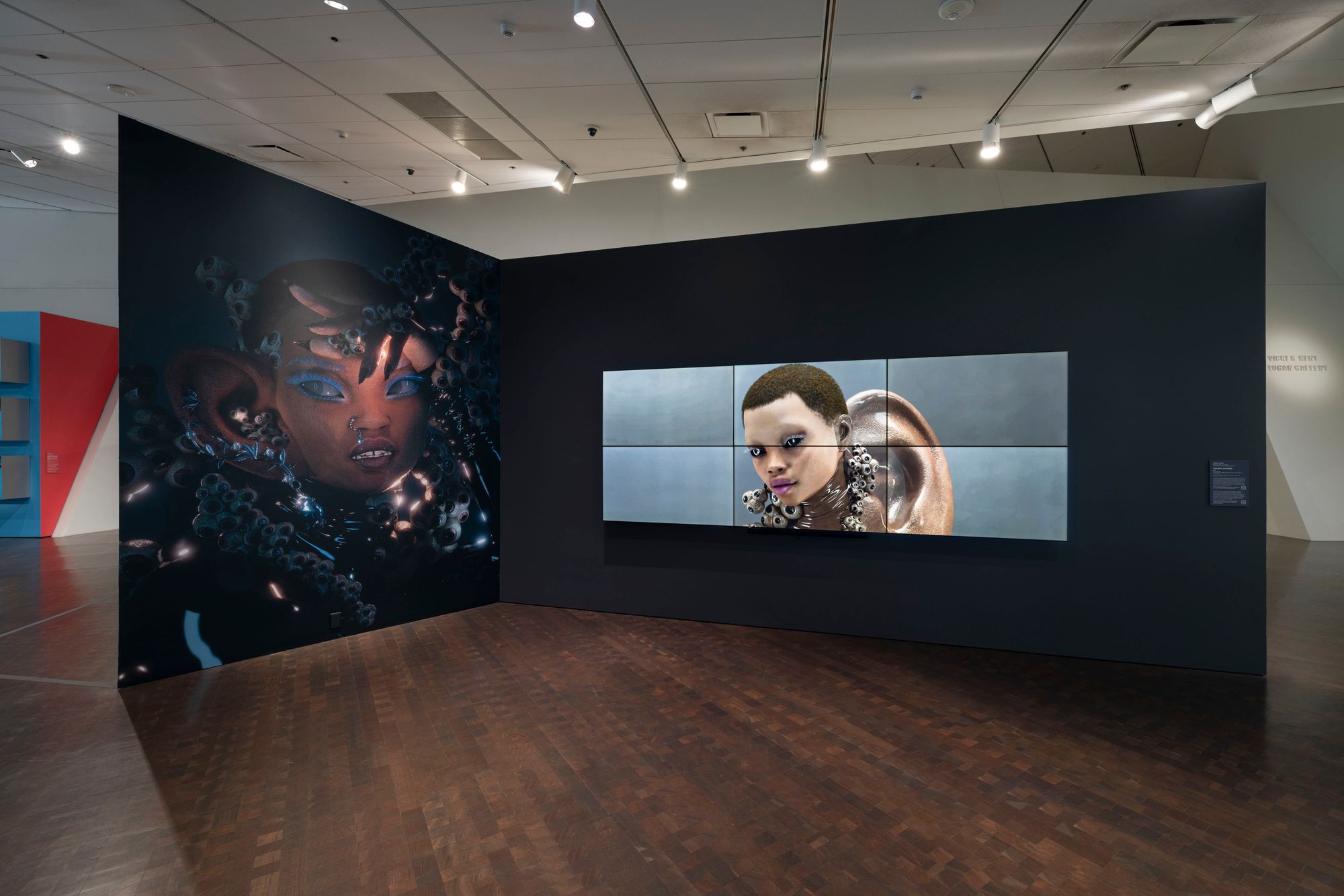
Do you strategize the moods of your works in a multisensory way?
Definitely, especially when creating and producing my short films. I like to think in a range of senses that I can activate to keep a person immersed in my narrative. From character creation and storyboarding to collaboration with sound artists for the soundtracks, my script writing process always makes sure that there is continuity in the feelings expressed. For instance, in my recent short film “Vigilante Extended,” commissioned by Denver Art Museum, I presented my screenplay to the sound artists and told them about each emotion raised throughout the text. This way they were able to translate not only my narrative but also my feelings.
Is spirituality important for you?
Spirituality and time to connect with my inner self are very important to me. For example, it guided me during the production/creation of the short film @Ilusão (2020). I made it in a moment where for many people, social isolation in the face of the horror of the pandemic, resulted in escapism and online socialization. This became a very exhausting experience for me, dealing with loops of similar content on the internet. For that reason I was able to express all the mixed feelings brought by being online at that moment: uncertainty, exhaustion, anger, hope, and happiness. It’s a reflection on how we (humans) were stuck in a loop of pixels, playing like machines and forgetting about our own humanities. It’s about spirituality and the consciousness of our movements in a society, it is a way to criticize my own behavior as well as observe the patterns of behaviors that happen during an economic, social and moral crisis, and the external changes that come with that.
What would be the perfect conditions to see/engage with your work?
The experience in a physical space (site-specific/video installations or screenings) is a great way for the viewer to connect to my narratives and cyber visual characters. This way they can experience the immersion, and also grasp the contrast between being in “real life” while watching something that evokes the cyberspace esthetic. On the other hand, watching my short films in an intimate space (online installations, web immersive content) can be good for some people. Especially since I address a lot of traumatic collective experiences in my narratives, and some people dive into the artwork better when they feel secure in their own space.
Vitória Cribb (b.1996) graduated from the Superior School of Industrial Design at UERJ, Rio de Janeiro, Brazil. Daughter of Haitian father and Brazilian mother, she draws from her subconscious and uses digital environments to investigate social behaviors in the face of new visual information technologies in contemporary society. In 2022, Cribb received the PIPA PRIZE Award and was nominated to CIFO-Ars Electronica AWARD. Cribb’s work is part of many international exhibitions such as: Who Tells a Tale Adds a Tail (Denver Art Museum, 2022); Perfect Body (Esc Medien Kunst Labor, Graz, Austria); The Silence of Tired Tongues (Framer Framed, Amsterdam, 2022); Hotel Blue (Vellum LA, Los Angeles, 2022); Oh I Love Brazilian Women (Apexart, New York, 2022) ; Futuração (Galeria Aymoré, Rio de Janeiro, 2021); Disembodied Behaviors (Bitforms Gallery, New York , 2020); The Brazil that I Want (Centre d'Art Contemporain Genève, online, 2020); Beginning of the Century (Jaqueline Martins Gallery, São Paulo, 2019). The artist will present new work at Bangkok Art Biennale 2022.

